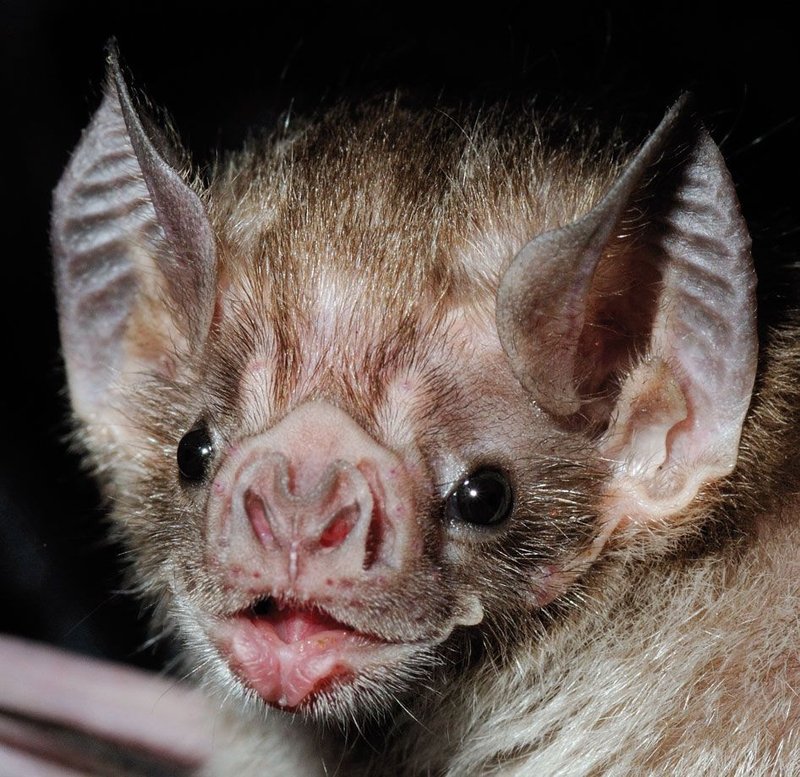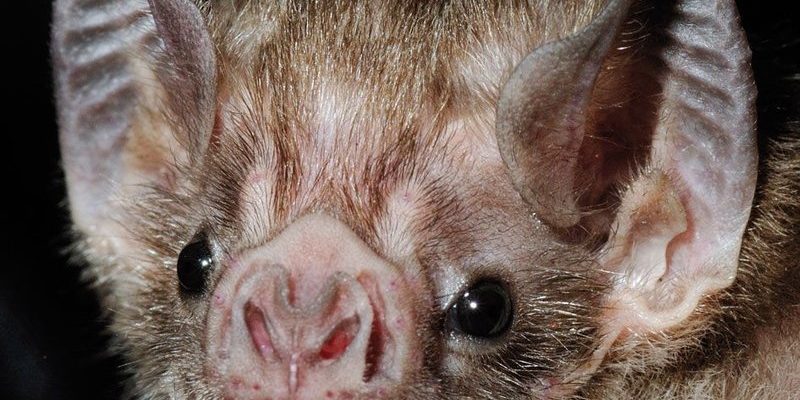
Vampire bats aren’t just about the dramatic flair associated with blood-sucking; they contribute significantly to the health and stability of their ecosystems. As they flit around in search of food, they create ripple effects that benefit not only their immediate surroundings but also the larger environment. If you ever found yourself wondering about the real-life implications of these bats, you’re in for a treat. Let’s take a closer look at how these fascinating creatures fit into the web of life around them.
Understanding Vampire Bats: The Basics
Vampire bats are unique among their flying cousins. There are three species of these bats, all belonging to the subfamily Desmodontinae. They primarily inhabit the warm regions of Central and South America. Unlike other bats that feast on fruits or insects, vampire bats have adapted to a rather unusual diet: they feed on the blood of other animals. But don’t worry; this isn’t nearly as gory as it sounds.
These bats typically make small incisions in the skin of their prey—usually cattle or birds—and then lap up the blood. Contrary to popular belief, they don’t drain their host completely; it’s more of a light snack than a full meal. Their feeding habits are so specialized that they’ve developed anticoagulant saliva to prevent the blood from clotting while they feed. So when you think of vampire bats, remember: it’s not just about the bite; it’s also about the biology.
The Ecological Impact of Vampire Bats
You might be surprised to learn that vampire bats can actually be beneficial to their ecosystems. Their feeding habits help control populations of certain animals, especially livestock. When they feed, they inadvertently promote the health of the herd. By targeting weaker individuals, they encourage natural selection. This means that stronger animals thrive while less fit ones are removed from the gene pool. It’s nature’s way of ensuring the overall health of the species.
Moreover, the saliva of vampire bats has caught the attention of scientists for its potential medical uses. Research has shown that the anticoagulants found in their saliva could lead to breakthrough treatments in medicine, particularly for blood clotting disorders. So you see, these bats might be small, but their impact can extend far beyond their immediate environment.
Vampire Bats and Biodiversity
Biodiversity is crucial for a healthy ecosystem, and surprisingly, vampire bats contribute to this as well. As they feed, they spread microorganisms that help decompose organic matter. This process is vital for nutrient recycling in the ecosystem. When they feed on livestock or wildlife, they often carry away the nutrients that will be returned to the soil through their droppings.
In areas where vampire bats are present, studies have shown increased plant diversity. This happens because the nutrients they return to the soil boost the overall health of the vegetation. Healthy plants mean a thriving ecosystem, which ultimately goes on to support various animal species, creating a rich tapestry of life.
Predators and Prey: The Balance of Nature
Every species has its place in the food chain, and vampire bats are no different. They’re prey for a variety of larger animals: owls, snakes, and even larger mammals can make a meal out of them. This predator-prey relationship is essential for maintaining the balance within their ecosystems. If vampire bats are overhunted or affected by habitat destruction, it can cause a ripple effect, impacting other species that rely on them for food or ecosystem health.
Interestingly, their unique adaptations for feeding have also led to interesting survival strategies. They often roost in large groups, which helps provide protection from predators. By sticking together, they also enhance their social bonds, strengthening their role in the ecosystem.
Human Interaction and Conservation Efforts
While vampire bats play important roles in their ecosystems, human activity poses a significant threat to their populations. Deforestation, agricultural expansion, and climate change all impact their habitats. When we clear forests for farming or urban development, we don’t just affect the bats; we disrupt the entire ecosystem they support.
Conservation efforts are crucial to ensure these bats can continue their role in the ecosystem. Initiatives aimed at preserving their habitats—like creating wildlife corridors and protected areas—are key. It’s important to foster a better understanding of these creatures to reduce stigma and promote their conservation. By educating ourselves and others about the ecological benefits of vampire bats, we can help protect them and the ecosystems they sustain.
The Fascination of Vampire Bats in Culture
Vampire bats have captured the imagination of cultures worldwide, often appearing in folklore and fiction. They’re frequently portrayed as eerie, blood-sucking monsters in movies and books. This portrayal, while entertaining, overshadowed their actual role and behavior in nature. Understanding the truth about vampire bats can help shift the narrative from fear to appreciation.
Documentaries and educational programs have started to take a more balanced view of these fascinating creatures, highlighting their ecological contributions rather than focusing solely on their fearsome reputation. By changing the conversation around vampire bats, we can foster a deeper connection to biodiversity and the importance of every species in the ecosystem.
Vampire bats might seem like the villains of the animal kingdom, but they’re actually unsung heroes working behind the scenes to maintain the balance of their ecosystems. Through their unique feeding habits, they contribute to biodiversity, natural selection, and even medical research.
By understanding their importance, we can appreciate their role in nature more fully. As we learn to coexist with these intriguing creatures, we help protect not just the bats but the rich tapestry of life they support. So next time you hear about vampire bats, remember: they’re not just about the bite; they’re part of a greater story in our natural world.

